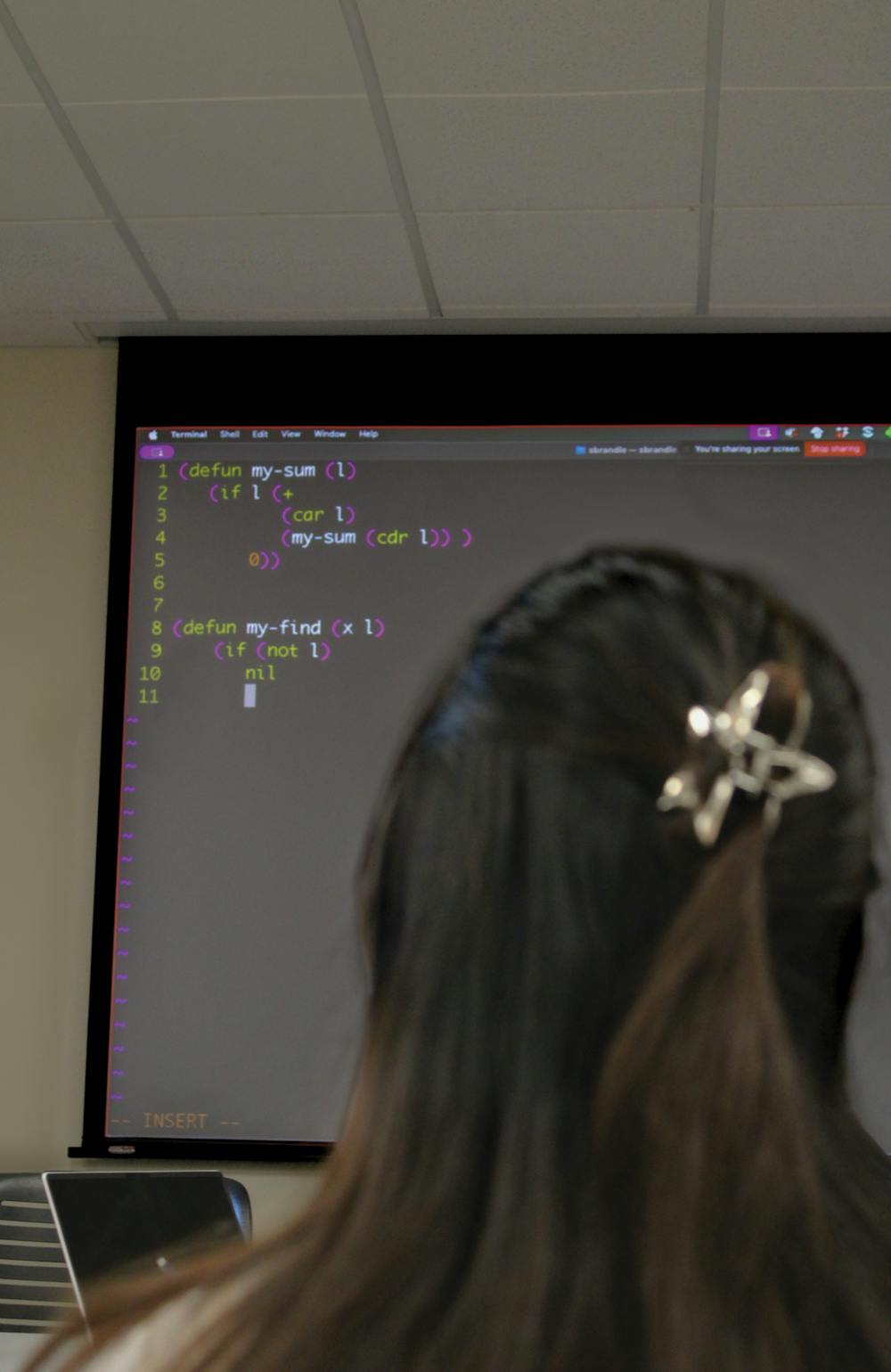Taylor University is adding an AI concentration for computer science and engineering students, available Fall 2025. Its formal name is AI/Machine Learning.
“AI is a big thing now - and there's a lot of interest in it - and we still have experience and expertise in it,” Jon Denning, chair and associate professor of Computer Science and Engineering Department at Taylor University, said. “So we thought, well, we'll add… it back into the mix.”
Historically, AI was defined as non-human based intelligence, he said. Artificial intelligence is an umbrella term that covers several different types of AI, Denning said.
Art White, a computer science and engineering professor, said Taylor University was involved with AI in the 1980s, specifically expert systems. Expert systems are a type of AI that is trained to be an expert on one thing, he said.
Now the approach to AI is different, Denning said. Not only is AI more accessible and powerful than it was in the 1980s, it is an entirely different process known as machine learning, he said.
Machine learning looks for patterns across a wide variety of information and gives decent answers to a wide variety of problems, Denning said.
AI can even write the lead sentence for a newspaper article when prompted correctly, as demonstrated here: “Taylor University is launching a cutting-edge AI concentration within its Computer Science program, offering students an opportunity to delve into the rapidly evolving world of artificial intelligence,” ChatGPT, an artificial intelligence chatbot, said.
White spearheaded the creation of the AI concentration. Whenever he taught students about AI, they were engaged and excited. He also missed getting to work on AI like he had done in the 1980s.
White said every computer science student takes what they call a “computer science core,” and the concentrations allow students to specialize in areas like cyber security or machine learning.
They want to equip the students who choose the AI/Machine Learning concentration with the skills to use AI in different industries or go on to graduate school, White said.
Denning said they want students to be able to use and build AI.
“Our hope is that students will be the tool builders as well as the tool users,” Denning said. “…We would like for our students to be able to apply these tools in new areas but also to not just apply them, but to evaluate how well is it going to know the limitations of that particular application.”
This is not the first time Taylor has had an AI concentration. The Computer Science Department had an AI concentration in the 80s, Stefan Brandle, a computer science and engineering professor, said. Taylor University decided to get rid of concentrations, he said, in favor of having more majors in the Computer Science Department.
This was partly for advertising and partly because concentrations made it hard for students to switch their major to computer science if they had started with a different major, Brandle said. By the time a student met the major requirements, they did not have time to fit the concentration.
Eventually, the department went back to concentrations, he said. They had a difficult time explaining the small differences between the various computer science and engineering majors to prospective students and their parents.
“[the majors are] like computer engineering and computer science, and so that makes it easy,” Brandle said. “And then we can say, well, we have all these flavors within computer science, but it makes it easier for people to wrap their head around what we actually have.”
White said the AI/Machine Learning concentration will be in the course catalog for Fall 2025.





